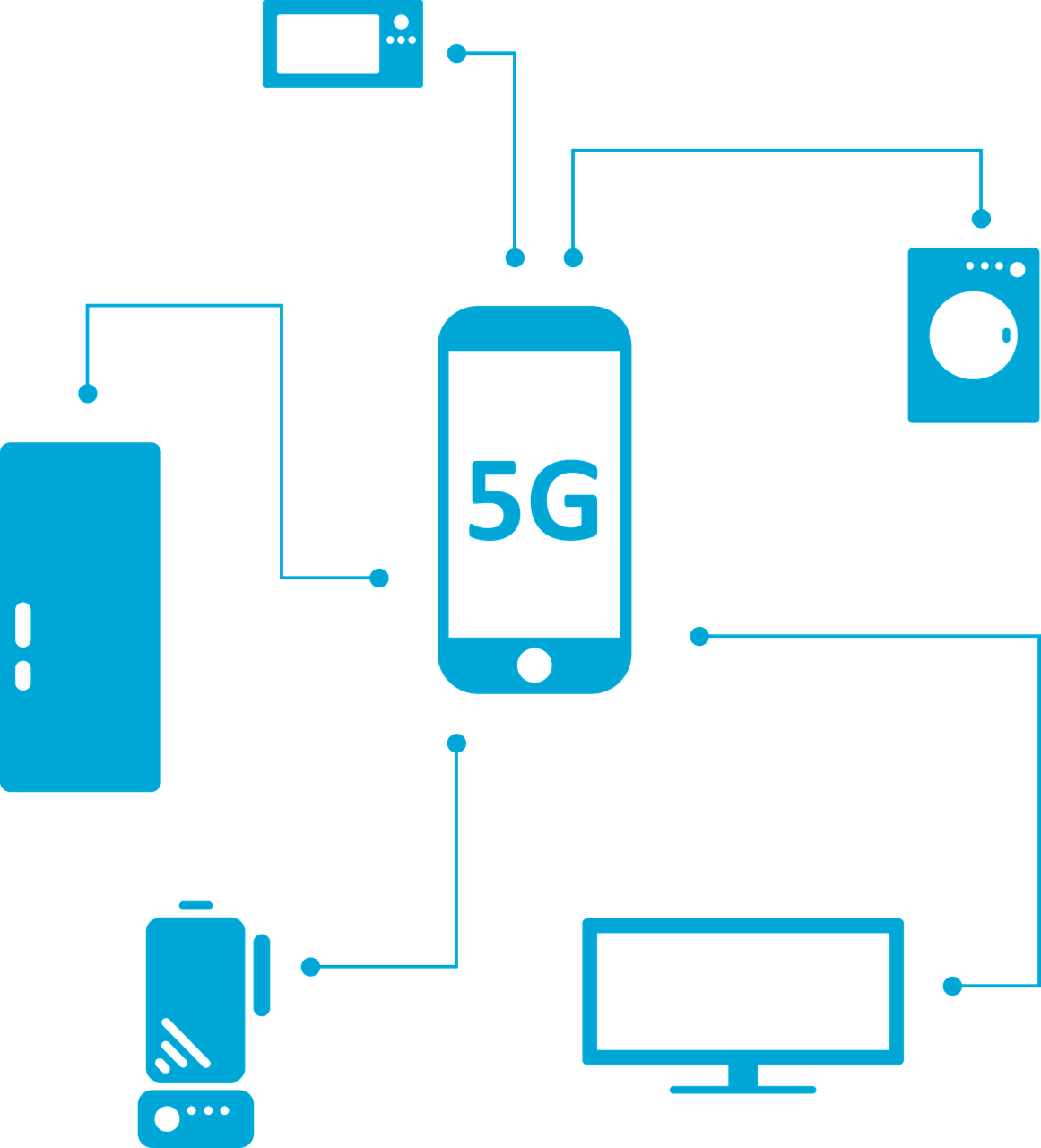Contribution to the millimeter-wave propagation characterization for satellite and 5G wireless links

The PhD thesis titled “Contribution to the millimeter-wave propagation characterization for satellite and 5G wireless links” has been successfully completed in March 2019 by Domingo Pimienta del Valle under the supervision of Dr. José Manuel Riera Salis and Dr. Pedro García del Pino. The three of them are IPTC members. This work has been carried out in the last three years, encompassing two of the main research lines of the GTIC Research Group: 5G mobile communications and millimeter wave radio propagation for satellite and terrestrial applications. In the satellite-oriented area,, experimental beacon data from Alphasat and KA-SAT satellites for periods of four and five years, respectively, have been used, analyzing several channel characteristics such as excess and total attenuation, fade dynamics, and mitigation techniques as time and orbital diversity. The results allow a better characterization of the satellite propagation channel in the Ka- and Q-band, around 20 and 40 GHz, and give insights for future model developments.
The use of millimeter wave frequency bands is one of the pillars of the future 5G mobile communication systems, increasing the importance of propagation studies at these bands. Two kinds of propagation measurements have been gathered with newly acquired equipment from Keysight Technologies Spain: path loss (at 26 and 39 GHz) and MIMO (Multiple Inputs Multiple Outputs) measurements (at 39 GHz) both under LOS (Line-of-sight) and NLOS (non-LOS) conditions. These frequency bands are to be used in 5G systems. The obtained data were processed with Matlab software developed in the Research Group. Path loss measurements were taken in a corridor scenario with two sets of antennas: horns and omnidirectionals. Results were fitted with several functions and compared with models specifically developed for millimeter waves (such as the METIS, the 3GPP TR 38.901, the 5GCM, the mmMAGIC and the ITU-R Rec. P.1238-9), showing similarities in most of the cases. The expected waveguide-like propagation effect for LOS condition and a higher path loss in NLOS than in free space have been obtained. MIMO measurements have been gathered with a 2´2 omnidirectional antennas setup, and the channel capacity has been tested using the condition number of the channel matrices.
Share this:
Latest news



Categories

